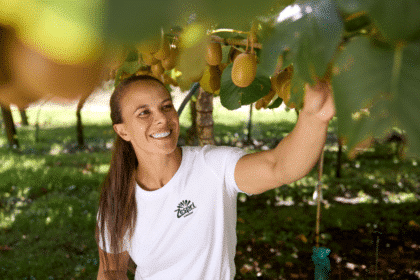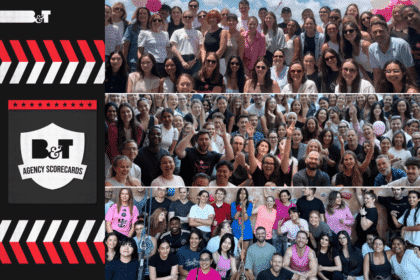In this guest post, Ogilvy’s head of social, John Harding-Easson (lead image), goes into bat for the power of influencers in any marketing campaign…
Influencer marketing is now widely accepted as a trusted and valuable component of successful brand campaigns.
With the right approach, it can be a powerful way for businesses to reach target audiences and build trust with existing followers. This is why two-thirds of marketers say that high levels of trust and authenticity are one of the most important elements of their influencer engagements (Warc).
Ogilvy’s ‘Influencer Trends You Should Care About’ report examines six trends for 2023. We’ll take a look at two of those here and what they mean for partnering with real people to create real impact.
- Influencers can pick and choose the brands they partner with
For the past decade, brands have been leveraging the influence of social media influencers. But now, influencers are now asserting more control over this relationship.
An influencer’s greatest appeal lies in the content they share with their audiences. The monetisation of these relationships previously relied on a model where advertisers pay influencers to collaborate. But with the emergence of new revenue streams, influencers are now in charge of the relationship.
This type of disruption has been seen before. Just look at how Facebook disrupted the news business, forcing newspapers to launch subscription models that went direct to their audience. Or how social media disrupted the entertainment industry as YouTube and TikTok creators turned their influence into lucrative music and film careers that bypassed access and casting. Journalists have also gotten in on the act, taking to platforms like Substack to monetise their content.
With influencers no longer limited to brand deals as their only source of income, they’re finding success through subscriptions, ad revenue, and products. This shift is testament to the creativity and commitment of influencers in adapting to a changing landscape.
This is partly platform-led. TikTok’s LIVE Subscription, Instagram Subscriptions and Twitter Blue are ways for platforms to diversify their revenue streams. But it’s also due to a shift in consumer mindset.
Influencer content delivers more engagement than brand-direct content because consumers are more open to making informed choices based on recommendations from real people.
Bec Judd recently courted controversy for adding a subscription offer to her Instagram. But she may have the last laugh. If just 1 per cent of her followers are willing to subscribe, she will earn an estimated monthly revenue of $34,700. That’s $416,400 in a year. This has huge ramifications for brands because influencers can pick and choose partnerships.
How do you use subscription influence in 2023?
- The content behind the paywall will be deemed the most authentic and least ad-heavy. To feature, brands need to create for authenticity instead of push messages.
- Subscription influencers have alternative revenue streams and will become more discerning about the brands they partner with. Long-term collaboration between creators and brands is vital to success.
- Influencers as a content engine
The rise of hyper-relevant influence changes how brands engage with their audiences
By collaborating with influencers who share the same experiences, values, and interests as their micro-audience, brands can make a powerful impact on a local level that creates momentum on a mass scale. We call it grassroots influence.
TikTok, Instagram Reels, and YouTube Shorts are driving this shift to grassroots influence, where people engage with content based on their interests rather than geographic proximity or a social graph. This is a game-changer for brands, as it allows them to reach their target audience more effectively and efficiently.
Collaborating with influencers who share the same experiences, values and interests as their micro-audience is an incredibly effective way for brands to make a lasting impact. By connecting with influencers on a micro level, brands can create a ripple effect that will be felt on a macro scale. This strategy is a powerful tool for any brand looking to make a statement and leave a lasting impression.
Getting started with grassroots influence
- Champion the community by identifying target audience segments and tapping into the conversations they’re having online. Then use grassroots influencers as the content engine.
- Pair hyper-relevant geographical influence on a micro level with interest-based influence to create scale with maximum effect.
- Grassroots influencers carry influence beyond reach and following, so you’ll want to rethink measurement by targeting the few to reach the many.
An already thriving influencer marketing industry will go from strength to strength in 2023. If you’re not onboard yet, it’s time to join or risk being left behind.








